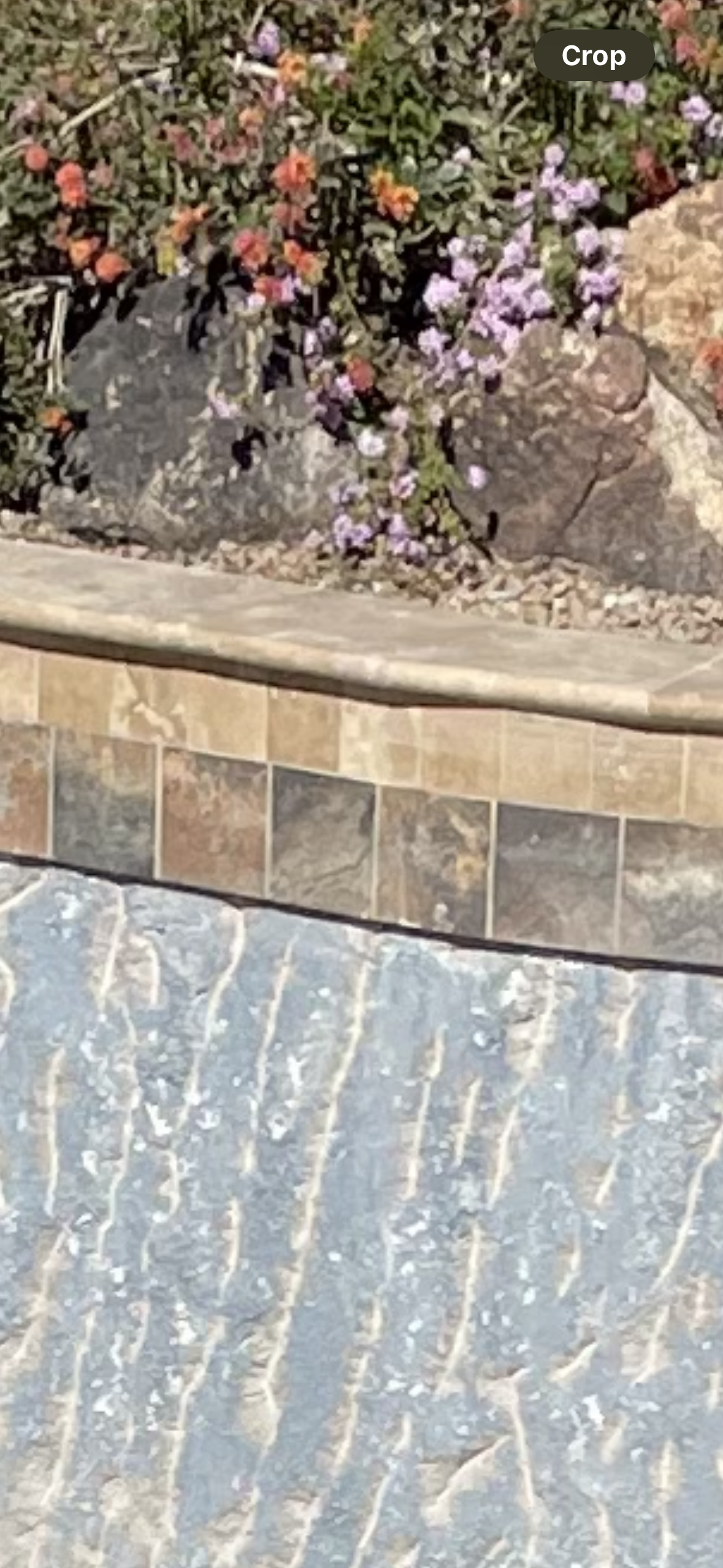Cyanuric Acid Leeching: Preventing Recontamination
December, 15 2023
Understanding Cyanuric Acid Leeching: Preventing Recontamination During Pool Water Draining is essential with Acid Washing
Maintaining a pristine and safe swimming pool involves balancing various chemicals. Cyanuric acid, a pool stabilizer, plays a crucial role in preserving chlorine but can also lead to unforeseen challenges. One such issue is cyanuric acid leeching into pool surfaces. Often times the water is drained and not accompanied by proper surface treatment like acid washing. This can result in recontamination, elevating cyanuric acid levels upon refilling. This article explores this process and the preventive measures to ensure a healthier pool environment.
Understanding Cyanuric Acid Leeching:
Cyanuric acid, applied to protect chlorine from UV degradation, gradually seeps into pool surfaces over time. This absorption occurs predominantly in plaster or concrete pools. When the pool water is drained, the cyanuric acid retained within the surface material can leech back into the newly filled water, significantly raising the cyanuric acid levels.
The Risks of High Cyanuric Acid Levels:
Excessive cyanuric acid levels in pool water can compromise chlorine’s effectiveness. This surplus stabilizer binds with free chlorine, reducing its sanitizing potency and potentially creating a breeding ground for bacteria and algae. This can result in cloudy water, increased risk of infections, and challenges in maintaining proper water chemistry. For more info click here:
https://cleartouchpoolservice.com/the-impacts-of-cyanuric-acid-levels-on-chlorine/
Preventing Recontamination During Drainage:
To prevent the leeching of cyanuric acid back into freshly filled water, surface treatment is essential. Acid washing the pool surfaces during the draining process effectively removes residual cyanuric acid from the surfaces. Acid washing involves using a diluted acidic solution to scrub and clean the pool walls and floor, ensuring the removal of any absorbed cyanuric acid.
Importance of Acid Washing:
Acid washing not only eliminates cyanuric acid but also removes other impurities, algae, and stubborn stains that might have accumulated on the pool surfaces over time. This thorough cleaning process is crucial before refilling the pool! You must prevent the reintroduction of contaminants and stabilize cyanuric acid levels in the newly added water.
Steps for Effective Acid Washing:
-Professional Guidance: Consulting a pool maintenance professional for guidance on the acid washing process is recommended.
-Safety Measures: Proper safety gear such as gloves, goggles, and masks should be used when handling acidic solutions.
-Dilution and Application: Dilute the acid as instructed, apply it to the pool surfaces, scrub thoroughly, and rinse meticulously to remove all traces of the solution.
Conclusion:
In summary, understanding the leeching of cyanuric acid into pool surfaces and its potential recontamination during water draining underscores the importance of proactive maintenance practices. Acid washing, when draining a pool, becomes crucial in removing absorbed cyanuric acid and other impurities from surfaces, ensuring a clean start with balanced chemical levels upon refilling. By adopting these preventive measures, pool owners can maintain a healthier pool environment and ensure effective chlorination for a safe swimming experience.

